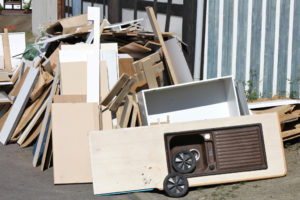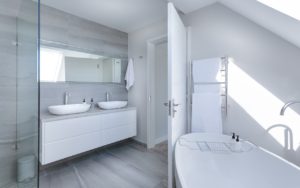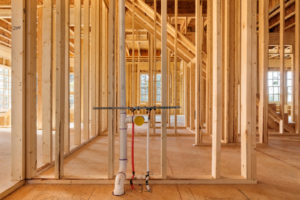When the weather is freezing, you have more time to chat with your housemates. The winter chill is notorious for grounding us with snow and ice covering the roads. To top all that, there’s the strike-anywhere virus that’s causing everybody concern. And if you have not already, your conversation could veer towards the system that keeps you all heated up indoors. Your heating system.
Then, you and your partner may engage in a heated debate on which heating system is best. While you may have seen the merits of traditional heating systems such as the furnace, your precious abode could be using a heater. This system of heating your home uses a network of air ducts to distribute all the heat. Hence, the name of this heating system is forced air.
To note, three-quarters of American homes use forced air systems. But as reliable as forced air heating might sound, there’s a bright new kid on the block: radiant systems. And if you’re really keen on getting top-notch heating, looking into its merits should bid you well.

The Case for and against Forced Air
Let’s not talk about the merits of a fireplace. While there may not be a more picturesque moment this Christmas than a family gathered around the fireplace, the fires and embers from this heating device cannot possibly heat the whole house. Its heat is best within the room.
Thus, forced air systems have become the norm of heating and cooling on many, if not most, American homes. The very same air ducts that distribute heated air are used to spread cooled air during summer.
When using forced air, you can have a central air conditioning unit installed to take care of the whole structure without adding additional vents or ductwork. And when it comes to heating time, your home heats quicker with forced air compared to radiant heating.
Compared to radiant heat, you need to take care of your HVAC system more. This means maintenance that could include duct cleaning and changing air filters.
However, a word of warning: You may be tempted to DIY these steps and YouTube the procedure. If so, don’t. Letting trained professionals do the AC maintenance is wise, though. The work itself has its inherent risks. Worse, doing the work yourself could void the warranties, which could spell trouble for you, not to mention added costs.
Perhaps the biggest disadvantage of forced-air is the network of air ducts itself. For one, the heating or the cooling mechanism may not be distributed evenly throughout the whole house due to holes in the system. Additionally, dust and all sorts of debris could get blown into the rooms. ;
The Case for and against Radiant Heating
For starters, radiant heating and cooling systems won’t take up as much space as forced air systems. They’re out of the way as they’re installed under floors. This can play a huge bump in aesthetics.
When it comes to heating, radiant flooring tops forced air. Why? Simply because the heat is distributed evenly throughout the house. No heat is wasted in a system of pipes. When you wake up, your feet touch warm floors. The ductless system eliminates troublesome leakage and subsequent energy loss.
This superior heating efficiency has made it the most popular. Plus, its visual appeal cannot be overemphasized. The downside of radiant flooring is cost. If you’re building a new home, installing it is a breeze. You can easily incorporate it into your floors. However, if you’ve already built the house, the cost of installing a radiant flooring system can easily add up. It can be detrimental.
In this regard, you can explore radiant ceilings or radiant baseboards. That should allow you to make the most of radiant heat in a jiffy.














